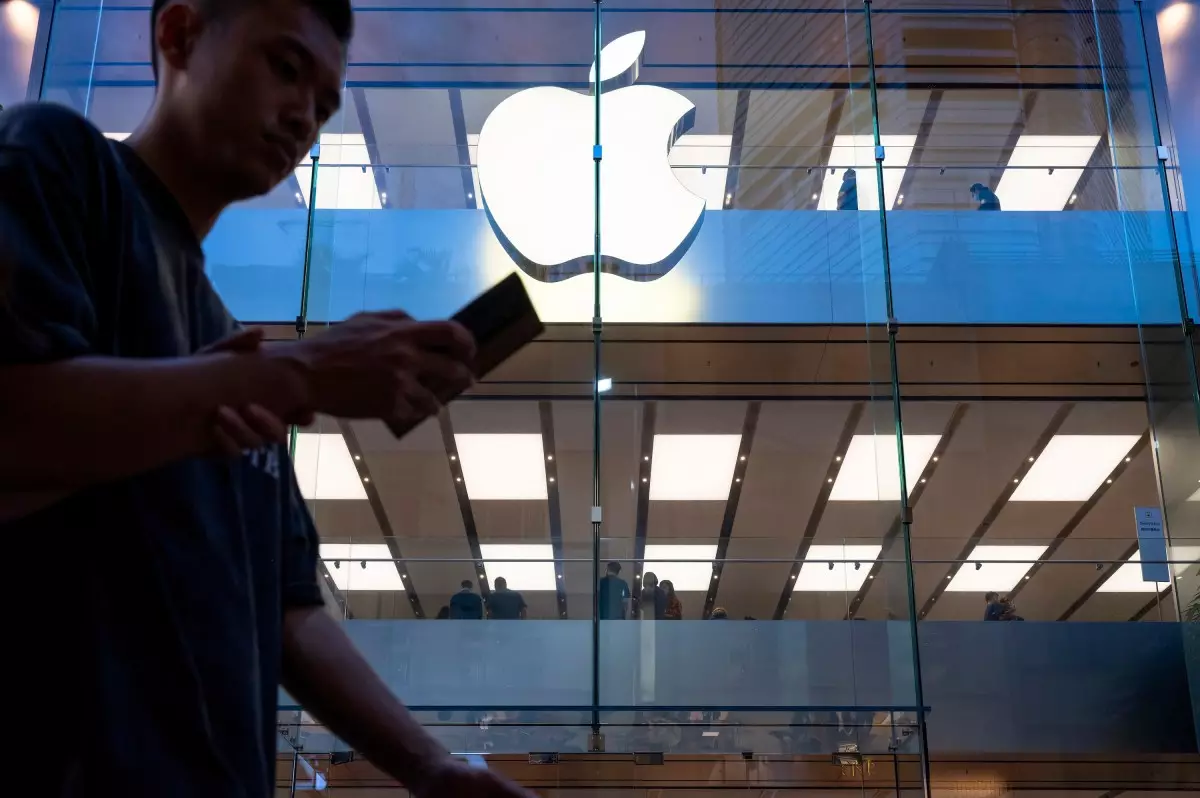Apple’s unveiling of iOS 26 at WWDC 2025 represented a seismic shift in the company’s approach to software naming conventions. Moving away from version numbers, iOS 26 adopts a nomenclature reflecting the release year, aligning itself closely with the automotive industry’s model year tradition. This innovative strategy not only encapsulates a sense of timely evolution but also focuses on establishing a direct connection with users. The transition to naming years—iPadOS 26, macOS 26, watchOS 26, tvOS 26, and visionOS 26—signals Apple’s determination to simplify user understanding and enhance brand consistency.
Visionary Design Met with Practical Functionality
Perhaps the most visually stunning change highlighted in iOS 26 is its design overhaul, branded as Liquid Glass. Borrowing aesthetic cues from Apple’s advanced Vision Pro headset, the new interface introduces translucent panels and circular application icons, creating an immersive and modern digital environment. This ambitious design is not merely cosmetic; it aims to forge a cohesive user experience across the entire Apple ecosystem. By integrating similar visual styles into platforms like CarPlay, Apple demonstrates a commitment to creating an interconnected experience that enhances functionality without sacrificing style.
Functionality is crucial, and Apple has dedicated its resources to revamping critical apps such as Phone, Camera, and Safari. The new Phone app introduces an innovative merging feature allowing users to combine their favorite contacts with recent calls and voicemails for streamlined communication. In a world where user efficiency is paramount, this updated approach not only caters to the modern user’s needs but also shows Apple’s keen sensitivity to enhancing daily life through technology.
Game On: A New Chapter in Mobile Gaming
The introduction of a centralized gaming app, which amalgamates Apple Arcade and App Store games, signifies Apple’s firmer foothold in the gaming industry. By providing users with a hub for achievements, leaderboards, and curated content, Apple is making a bold statement about its intentions in a field that has traditionally been dominated by competitors. The acquisition of RAC7, the company’s first game studio, further emphasizes this commitment to innovation and expansion. As gaming becomes an increasingly central aspect of smartphone functionality, this endeavor positions Apple not merely as a participant but as a leader in mobile gaming.
Innovating Personal Health Coaching
The unveiling of “Workout Buddy,” an AI-driven personal coaching chatbot, is another major leap in Apple’s mission to make health and wellness a priority for users. By analyzing data from the Health app and providing real-time motivational support, Workout Buddy embodies the future of personalised fitness. This initiative demonstrates an understanding of how technology can facilitate healthier lifestyles, bridging the gap between physical fitness and the digital world. The emphasis on real-time interactions marks a significant evolution in how users perceive and engage with their health tech.
While Apple did not showcase significant new features for the Health app during the event, speculation continues around potential updates like food tracking. This reluctance to discuss anticipated changes may hint at an evolving strategy. It raises the question—will the future of health monitoring lean towards integrating nutrition, exercise, and wellness into a cohesive health ecosystem?
Enhancing Communication with AI
Apple’s integration of AI into the Messages app with real-time translation and interactive polling features showcases the company’s commitment to enhancing user communication. These innovations promise to render group chats more dynamic and interactive, independently responding to the needs of users and suggesting options based on conversation context. This approach not only caters to a global audience but also reflects the ethos of modern connectivity.
Despite these groundbreaking features, one cannot overlook some notable omissions that could have made iOS 26 even more compelling. For instance, the absence of improved Siri capabilities raises questions about the timeline for AI advancements within Apple’s ecosystem. Moreover, speculation about AI-driven battery management and features like Genmoji also went unaddressed, leaving enthusiasts anticipating further developments in the future.
Through its ambitious strides in design, functionality, and health, iOS 26 positions itself not just as another software update, but as a vibrant, forward-thinking ecosystem. The risks Apple has taken with its naming conventions, aesthetic choices, and feature integrations could very well redefine how users interface with their devices, creating a compelling narrative of innovation and fulfilled potential.

